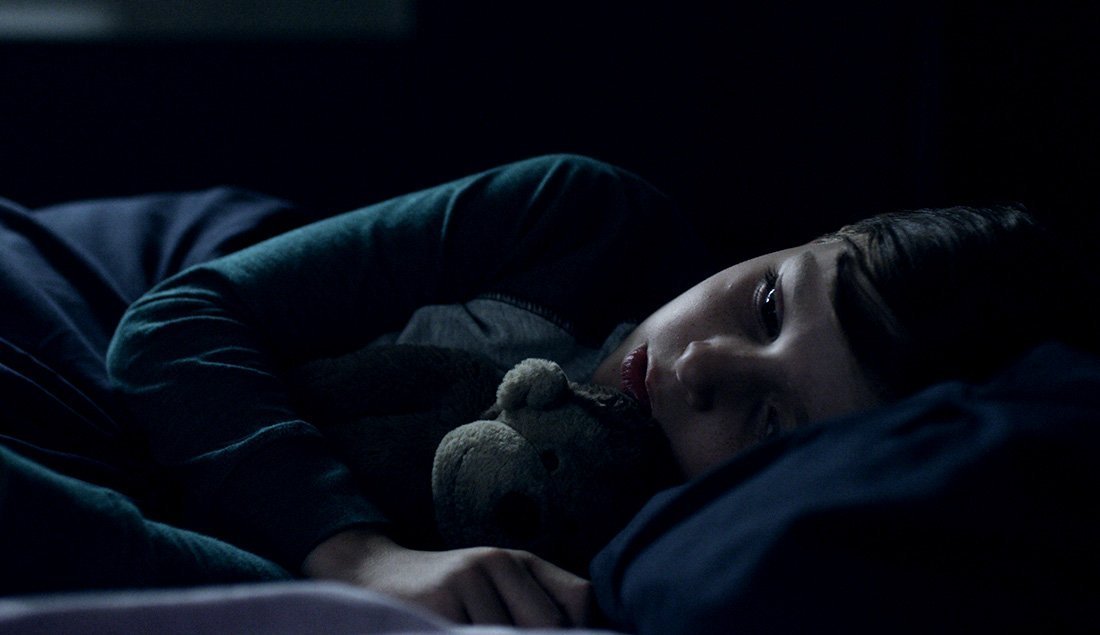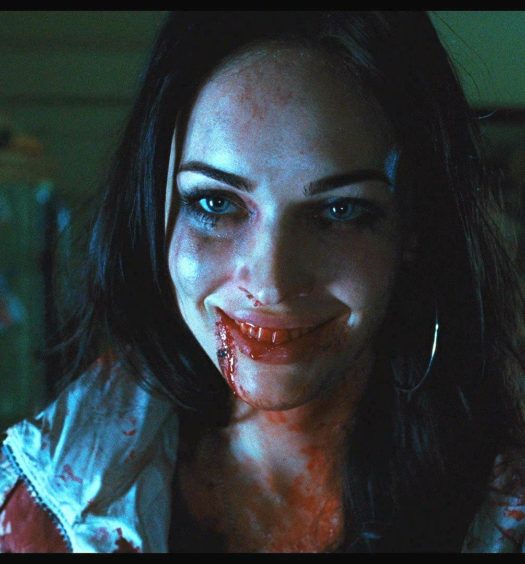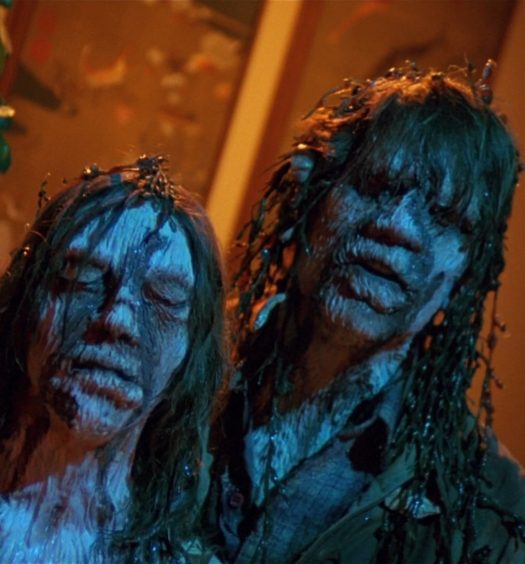When it comes to the formula of disturbed child films of the horror genre, the moving parts are not always the most inventive. So many filmmakers have been discouraged to reinvent the wheel, acquiescing to participate in a vicious cycle of recycled scenes, scares, characters, and even solutions. Novice filmmakers are typically the first victims this mistake, but a new generation of creativity is clearly rewriting and simultaneously respecting the rules. Fresh off the success of Brandon Christensen’s (Still/Born) directorial debut and following up the tight resume of Colin Minihan (What Keeps You Alive), Z is a psychological horror written by two exceptional film talents that effectively spins the imaginary friend plot device into modern territory.
Z‘s established visual lens and fresh writing customizes the imaginary friend for modern audiences and reiterates the notion that the most dangerous demons we can invite inside are the ones that are already there.
Starring Keegan Connor Tracy (Final Destination 2), Jett Klyne (The Boy), Sean Rogerson (Grave Encounters), Z is an interesting hybrid channeling the allegorical style of The Babadook as well as the narrative and visual grab of Insidious. Z’s plot creeps around the emergence of a young boy’s, Josh’s, imaginary friend and the effect this relationship has on his bored mother, Beth, and absent minded father, Kevin. As the entity gains more and more control over Josh, Beth begins to take a closer look at her sons new playmate. The real terror begins when Z’s origins become transparent and his motives are more personal than make-believe.
The ‘Write’ Kind Of Equation
True originality, not spawning for the previous idea or inspired by a former project, is really one of those film factors that’s really hard to find. The story of Z is not exactly original as it follows the typical disturbed child formula and doesn’t make up much of its own, for the most part. The formula begins with Josh having a hard time fitting in, the emergence of an invisible playmate who won’t reveal its identity, the death of an animal (usually the family pet), the trouble at school, and the violent act against another child, all scenes that catapult the imaginary friend issue into a deeper meaning in Z. They are the basic steps, ones that we have stepped on a time, or a dozen times, before. I don’t think it’s necessary to have complete originality as far as a basic plot goes. That’s next to impossible. However, the presentation and caliber of elaboration cultivated from a basic plot can make all the difference between what makes a film work and what makes a good film work.
Christensen’s direction builds tension without taking too many risks and his outstanding use of sound to convey the scares we don’t need to see is brilliant, absolutely brilliant.
While a good portion of Z is spent following that particular formula, it greatly serves the pacing of the film. We are used to a particular structure when it comes to these types of films and are usually comfortable with the way time is distributed within them. The way Z unfolds may follow a familiar pattern, but it is a smart, cautious practice in timing. Christensen and Minihan create a superbly nuanced and surprising final act that outgrows Z’s initial misgivings of predictability. The restraint in breaking from that textbook equation really left room for pretty stellar ending scenes. Just when you think Z has finished in a somewhat bland fashion it continues on in a unique way, one this formula hasn’t really utilized before.
Using Your Imagination
Originality may be hard to come by, but creativity sits on a variety of levels of craftsmanship. The very basis of horror lives within creativity, ultimately surviving in the power of imagination. Visuals, sound, and dialogue are all important features that immerse our senses into an alternative experience of film. The sensory elements of a horror film, or lack thereof, can make or break its success. A story about a being born from the imagination of a child really has no choice but to use its own. When it comes to the portrayal of the fictitious monster in Z, Christensen and Minihan have written intriguing scares prompting a commendable use of special effects.
Christensen and Minihan create a superbly nuanced and surprising final act that outgrows Z’s initial misgivings of predictability.
Every scene from the chilling introduction of Z to the details in between, like glowing red eyes in a closet and a surprising fall, to the actual reveal of the imaginary friend is created with such simplicity and care it is hard not to notice. Z‘s visual effects are far and few in between, something I praise it for in the sake of over-saturation, but they weigh heavily in quality and creativity. Christensen’s direction builds tension without taking too many risks and his outstanding use of sound to convey the scares we don’t need to see is brilliant, absolutely brilliant.
It’s all of these little special additions to a basic storyline that makes Z something worth watching and sharing. Bonding traditional templates of horror with modern edges and twists, Z is created from solid modern minds and eyes. Meaningful by way of accountability, mental health, and sacrifice, Z is a confident, contemporary take on a near-retired plot. Z‘s established visual lens and fresh writing customizes the imaginary friend for modern audiences and reiterates the notion that the most dangerous demons we can invite inside are the ones that are already there.
Z screened at Popcorn Frights on August 11, 2019 and is expected to be released in December.
Popcorn Frights 2019: ‘Z’ Creates A Uniquely Terrifying Bond With The Imaginary Friend Formula [Review]
Imaginative
Z is structured on very familiar ‘imaginary friend’ ground when it comes to the plot, but goes beyond the limits of basic creativity where it matters most. With cautious pacing, terrifying visuals, and an inspiring third act, Z’s novice filmmakers firmly take control of playtime in the horror genre.































